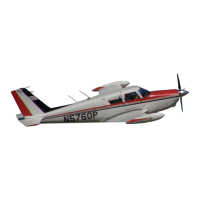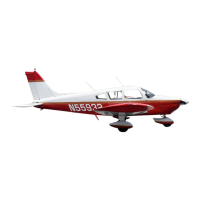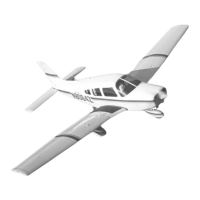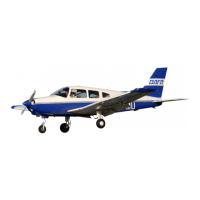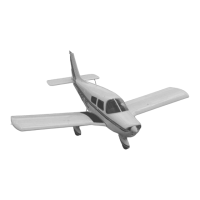Seclion
-
4
Normal Procedures
NORCIAL
PROCEDURES
INFOR\lATION
SUPPLEMENT
(Cont
)
Best
Range Speed: (Cont.)
**
CAUTION
**
Never use low power settings during the engine's break-in period. This practice will result in
glazed cylinder walls and high oil consumption. Also, routine operation at low power and the
resultant low operating temperature can lead to problems such as high oil consumption and
sticking valves. These problems are amplified during cold weather operation, so the practice of
cruising at low power settings is not recommended as a standard operating procedure.
Best
Endurance Speed:
The most common application where there is a need to obtain maximum endurance from the
airplane is when directed into a holding pattern by Air Traffic Control. Best endurance speed is
typically equal to
75
percent of the best range speed. The generally accepted formula for
estimating best endurance speed is to multiply 1.3 times
Vsl.
Seventy-five percent of 125 mph is
94
mph, and 1.3 times
Vsl
is
92
mph. Therefore, for the purposes of this Handbook, maximum
endurance airspeed is suggested to be
95
mph.
An airspeed of
95
mph is not practical in many applications due to the increased angle of attack at
this relatively low speed which results in high induced drag and poor aerodynamic efficiency. In
addition, an airspeed this low will result in comparatively sluggish control response requiring the
pilot to have to work that much harder to control the airplane. For these reasons, the pilot may
wish to operate off-optimum when seeking to extend the airplane's endurance. Since the most
common application of the use of the best endurance speed is the holding pattern, it is suggested
that the airplane's IFR approach speed of 120 mph be used.
Another factor to consider is the fact that maximum endurance is obtained at sea level, so it is
advisable to use the lowest practical altitude. Also, wind is not a factor with endurance, but
turbulence should be avoided, if possible, because of the drag that turbulence will induce.
These are the major factors involved in extending an aircraft's range and endurance, but they do
not provide actual figures that the pilot can expect to obtain. It is therefore recommended that the
aircraft ownerloperator conduct his own tests using these techniques to determine the specific fuel
consumption that can be expected from the airplane. For the individual who wants a more in-
depth knowledge of this subject, the books by Kershner and Hurt referenced in the Preamble of
this Handbook are recommended reading.
TE"R
Approach
Speed:
There are several factors involved in IFR approach stability, most of which are beyond the scope
of this discussion. The aircraft needs to be stable at all times during an
IFR
approach, and one of
the most important factors contributing to approach stability is the aircraft's speed. The airspeed
chosen by the pilot when making an IFR approach is dependent on several factors.
Copyright:
1993
Page
4-14
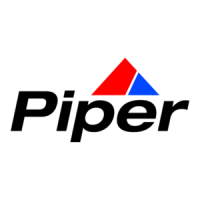
